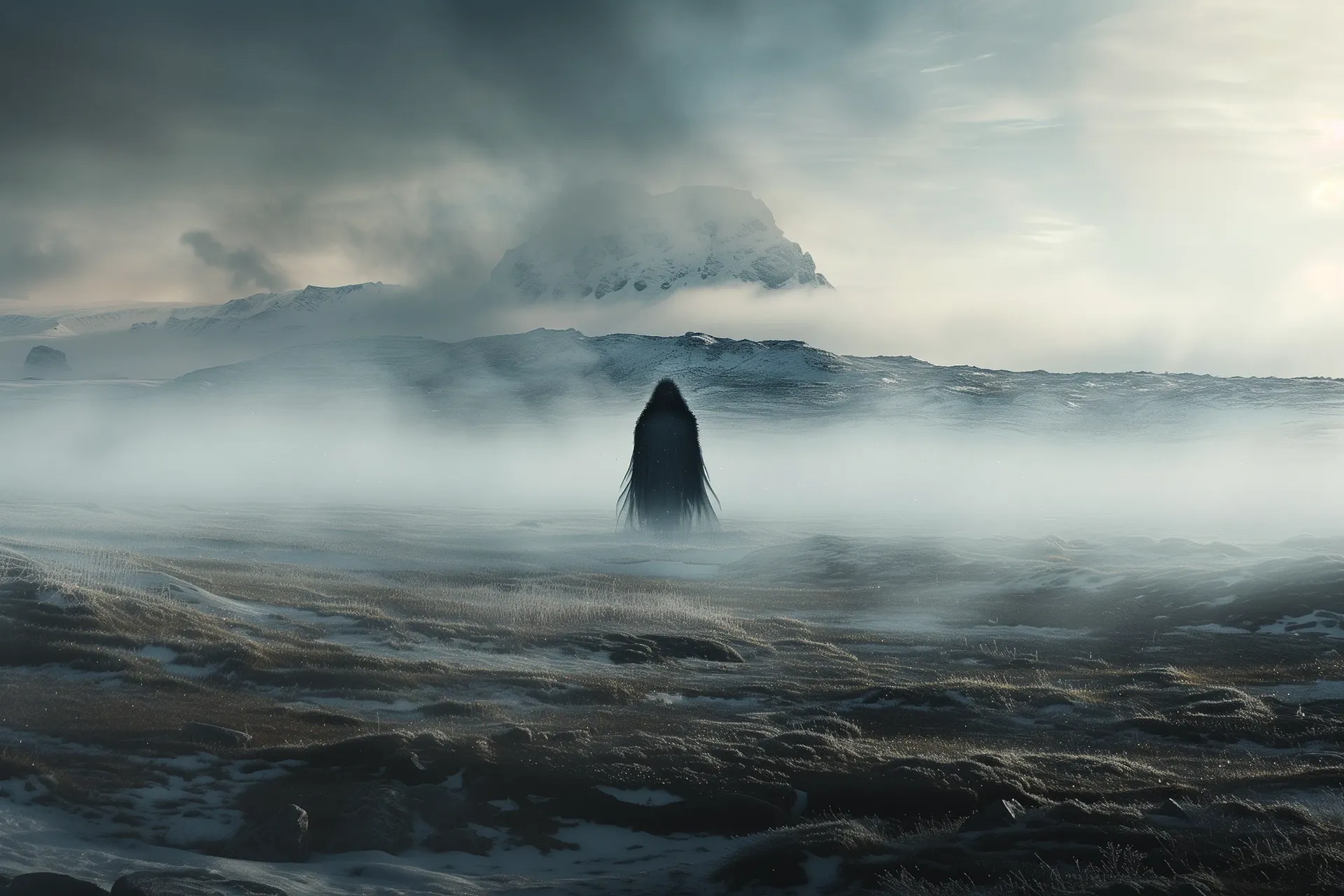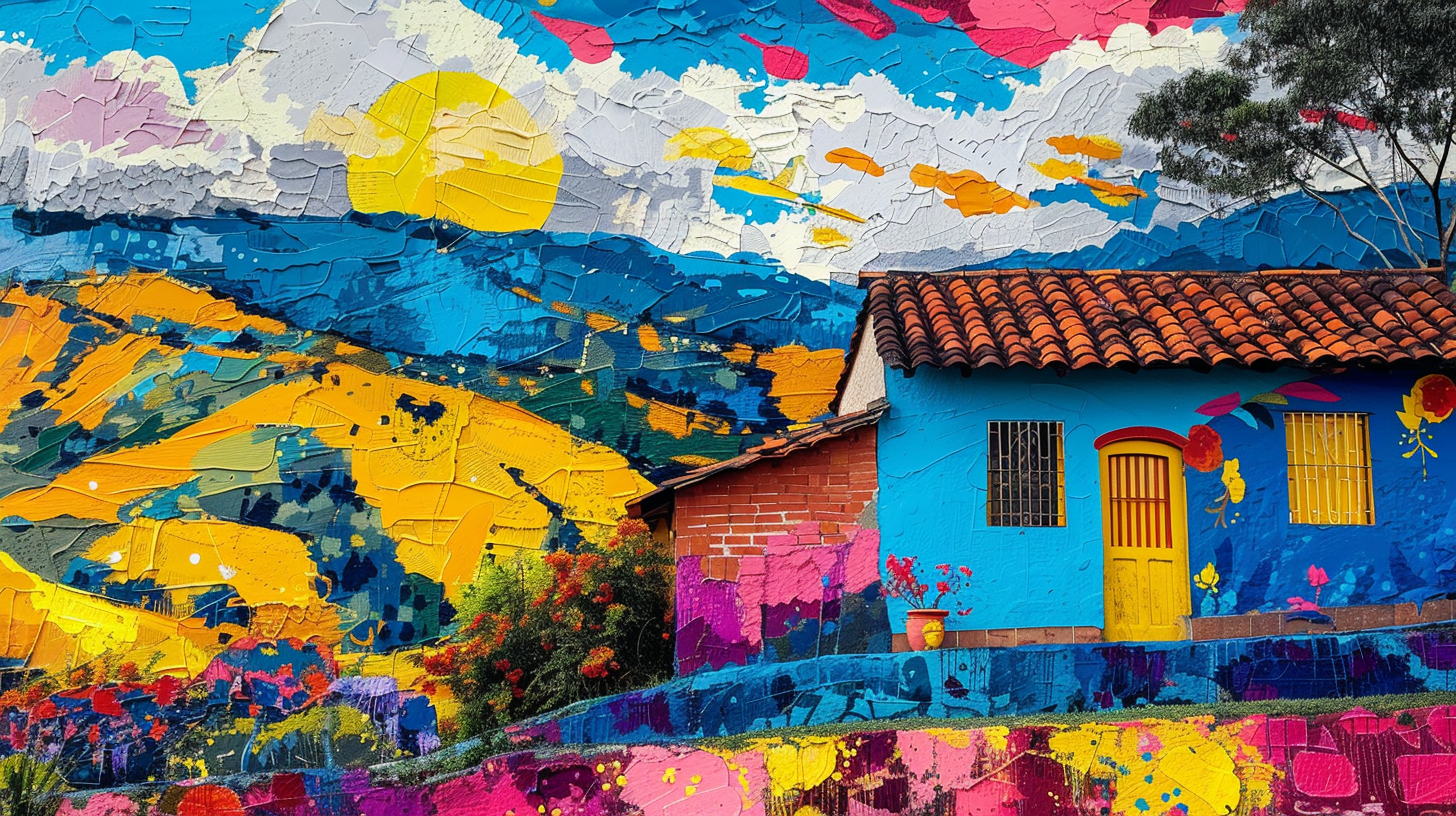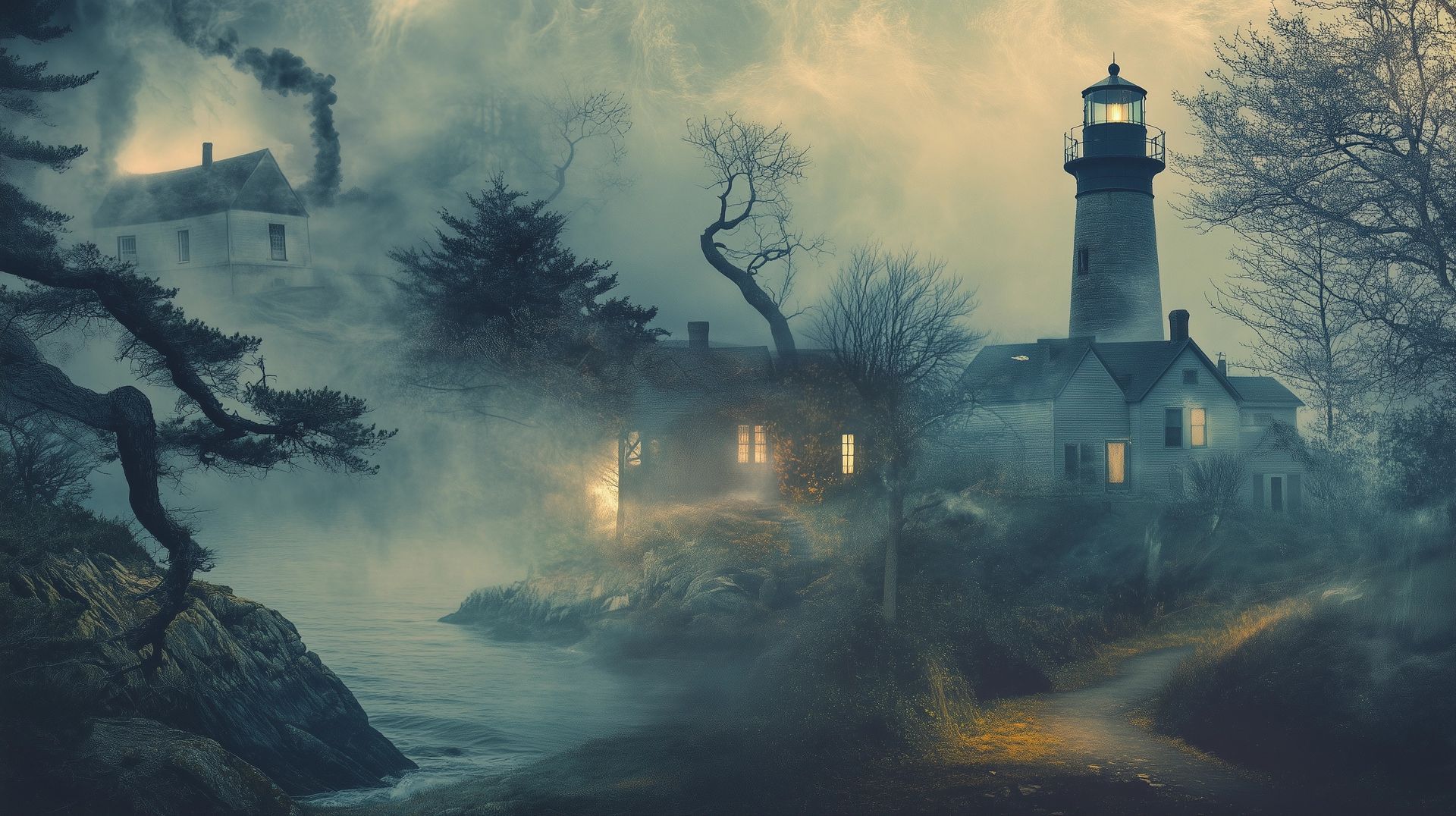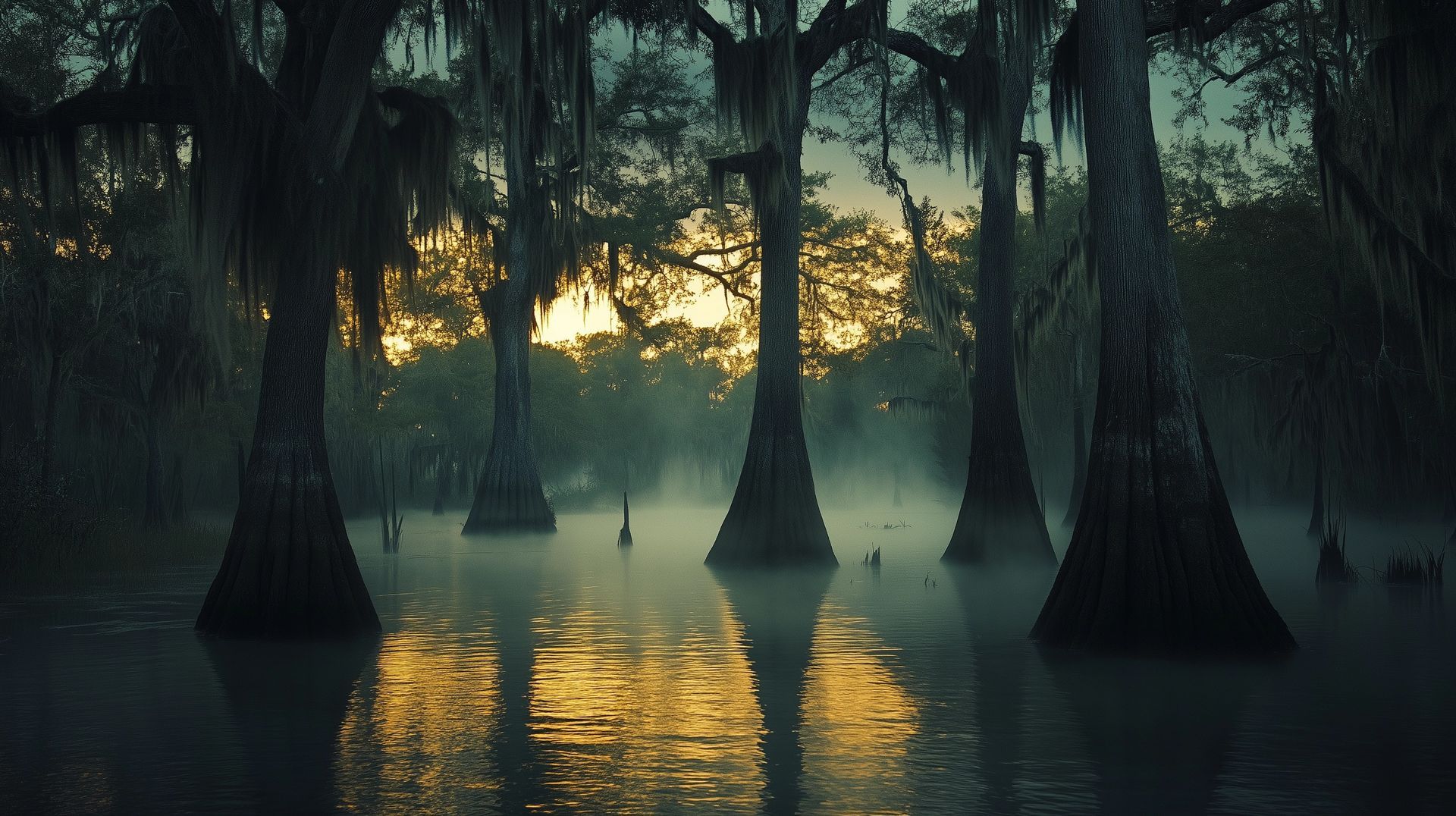Reviving the true spirit of Halloween: the forgotten folklore of All Hallows' Eve
Published: 19th Sep 2024
Author: Sean Nixon
Halloween, for all its commercialized spectacle of jack-o'-lanterns and costume parties, is steeped in centuries of tradition, mystery and fear. But in the rush to embrace witches, skeletons - and more recently - friendly vampires, much of the original, more nuanced folklore has slipped silently into the shadows.
Across the globe, stories that once gave shape to our primal fears are being forgotten, erased by the flattening of culture into a neat, marketable package. Yet, these forgotten figures and creatures still haunt the fringes of cultural memory, their significance far deeper than the surface-level scares Halloween has become known for.
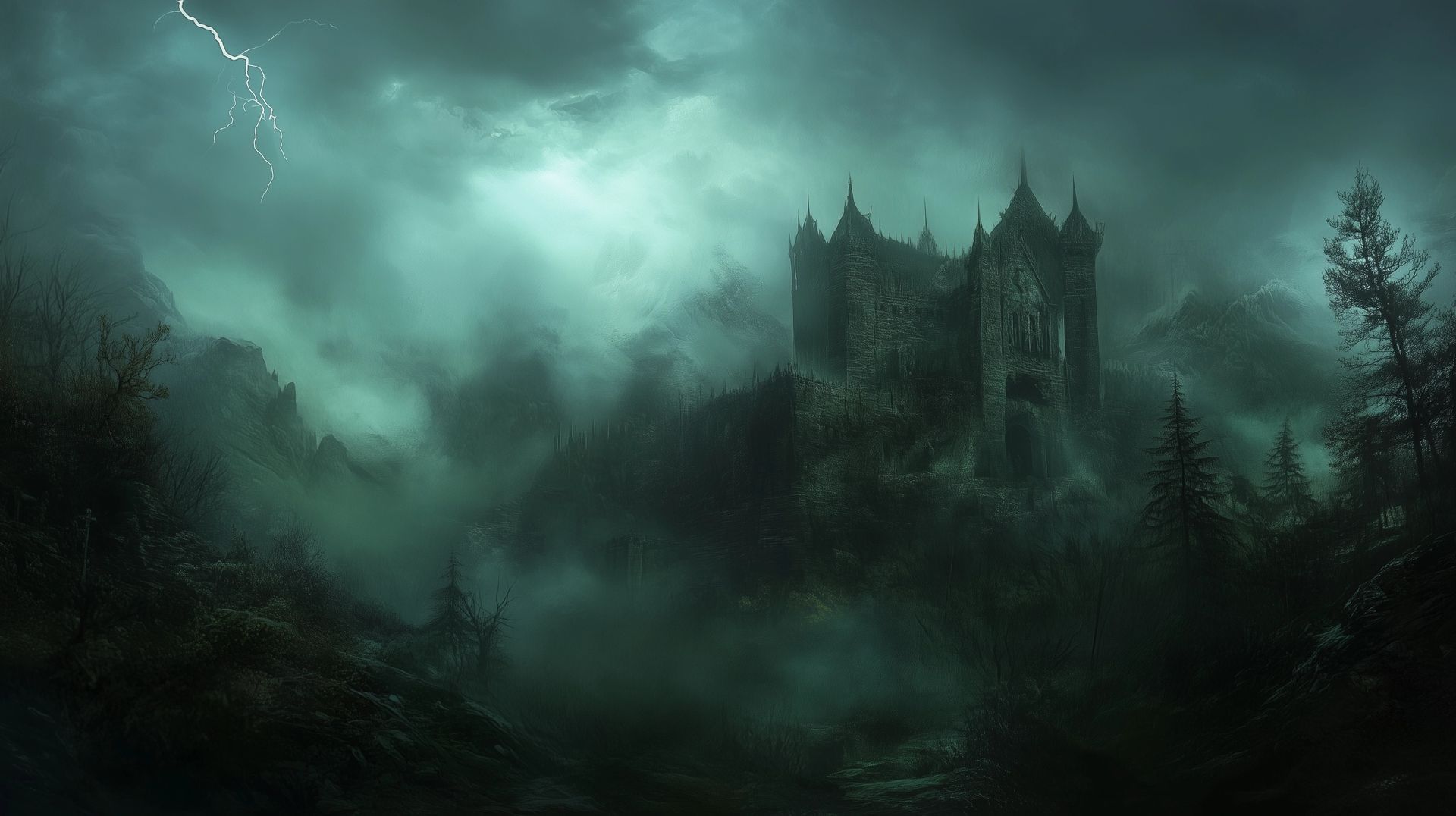
Take the Dullahan, a harbinger of death from Irish mythology. Far more menacing than its Western descendant, the Headless Horseman, this headless rider carries its decapitated skull, grinning with malevolent glee.
There’s no romance here, no tragic backstory to humanize this creature. The Dullahan is an executioner, the final arbiter of fate, calling out the names of those destined to die.
In today’s Halloween, he is overshadowed by more commercialized symbols, yet his grim purpose is a stark reminder of how deeply intertwined fear and folklore once were.
Meanwhile, in Japan, the Jikininki, or "human-eating ghosts," carry a similarly horrifying presence. These cursed spirits are condemned to an afterlife of devouring corpses, a punishment for their greed and selfishness during life.
The idea of eternal damnation, of an insatiable hunger for decay, stands in stark contrast to the playful skeletons and cartoonish zombies of modern Halloween.
Yet the Jikininki reflect a fear that Halloween no longer taps into—one of moral decay and the apparent inescapability of karmic retribution.

In the Caribbean, folklore offers up La Diablesse, a figure as seductive as she is deadly. With one foot a cloven hoof, she lures men deep into the forest, where they are doomed to become hopelessly lost.
Her beauty is deceptive, her demonic nature hidden just below the surface. She’s a reminder that not all that glitters is gold, and the most dangerous creatures aren’t always grotesque monsters.
Today’s Halloween doesn’t have room for such complex figures—characters like La Diablesse, who embody temptation and the unknown, have no place in the holiday’s sanitized landscape.
It’s not just outside the Western world that we find these forgotten specters. Even in parts of the United States, local legends have been eclipsed.
The Bell Witch, a notorious early 19th-century figure from Tennessee folklore, once held an entire region in terror with her poltergeist-like activities and violent attacks on the Bell family.
At the time, her story was infamous enough to catch the attention of future president Andrew Jackson. Yet today, she’s largely forgotten, a footnote in the shadow of more universal, easily digestible Halloween symbols.

It’s a pattern that repeats worldwide.
The Aswang of Filipino folklore, a shapeshifting creature that preys on pregnant women and children, embodies a deep cultural fear.
This monster, which sometimes takes the form of a beautiful woman, blends the familiar with the terrifying in a way that should resonate with modern audiences.
Yet, the Aswang is overshadowed by vampires—a more palatable, if predictable, representation of fear.
In Venezuela and Colombia, El Silbón haunts the plains. His eerie whistle, a signal of impending death, offers a truly haunting twist: the farther away his whistle sounds, the closer he actually is.
A figure of gruesome revenge, cursed to wander the earth after killing his father, El Silbón has all the makings of a horror icon, yet he remains largely unknown outside his region.
Halloween’s global stage simply doesn’t leave room for such deeply local figures.
And in the windswept Orkney Islands of Scotland, we find Nuckelavee, a grotesque fusion of man and horse with no skin.
It brings plague and famine in its wake, a living embodiment of environmental destruction and unchecked power.
Nuckelavee’s vulnerability to fresh water offers a sliver of hope—nature’s own defense against such horrors. But his tale, like many others, has been lost in the shuffle, too grotesque or too specific to fit into Halloween’s mass-produced pantheon of ghouls.
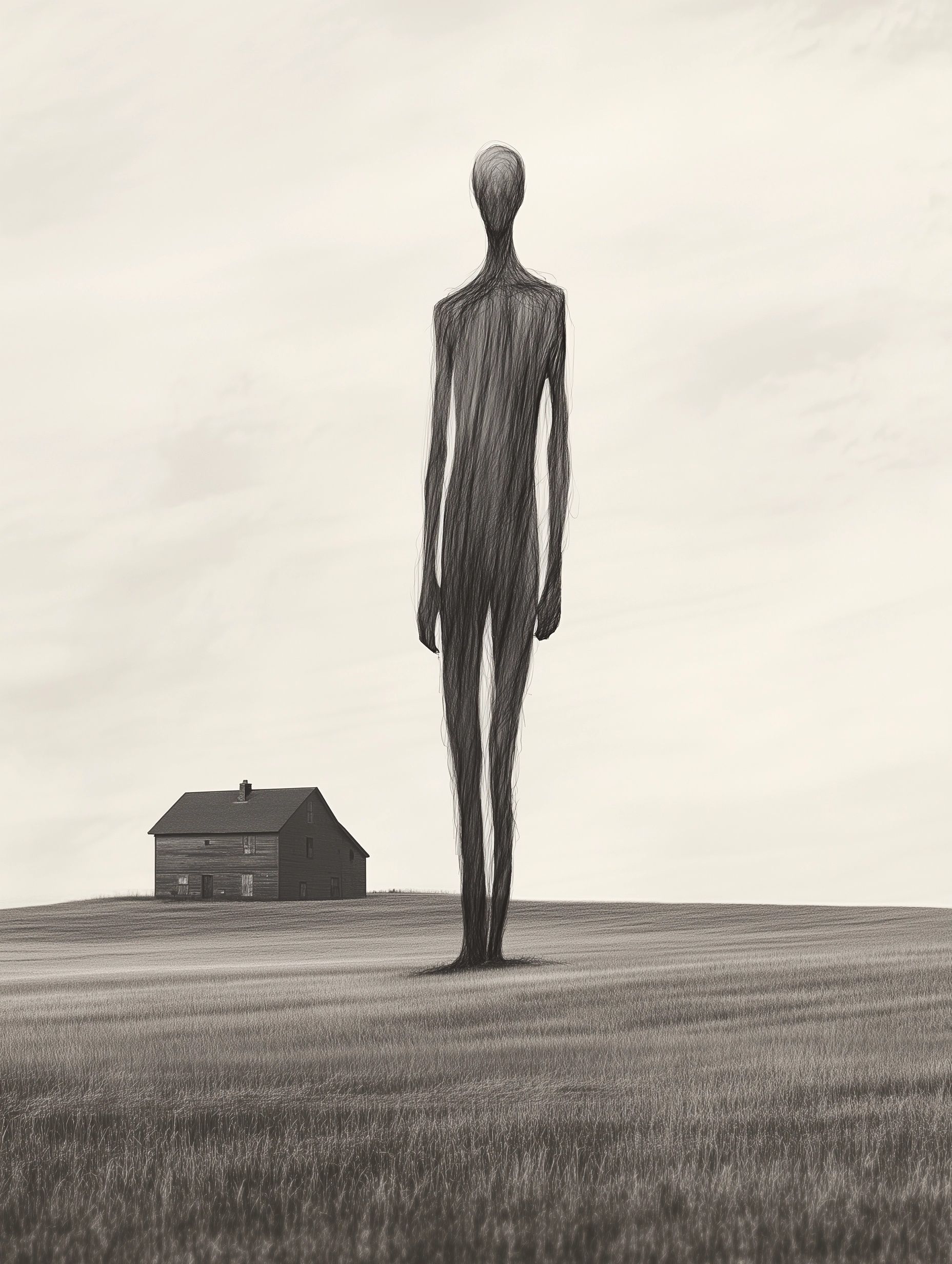
Yet some stories still cling to the edges of cultural memory. In Romania, the Strigoi—undead spirits rising from their graves to terrorize the living—are eerily similar to their more famous cousin, Dracula.
But unlike the aristocratic vampire, the Strigoi come in many forms, sometimes even appearing as animals, and are more deeply connected to local superstitions about the dead. They are part of a larger collage of death, burial and the fear of spirits returning to settle scores.
The forgotten creatures of folklore aren’t simply curiosities from the past. They represent a deeper, more complex understanding of fear—one that modern Halloween has largely abandoned in favor of surface-level scares.
Consider the Nalusa Falaya from Choctaw mythology, a shadowy figure that crawls low to the ground, slipping silently through the trees. This "long black being" doesn’t attack outright; instead, it paralyzes its victims with fear, much like today’s boogeyman.
But unlike the cartoonish, child-friendly monsters that dominate Halloween, Nalusa Falaya taps into a primal, existential dread—the kind that lingers long after the holiday is over.
The Bukavac, a six-legged water demon from Slavic folklore, similarly evokes a fear rooted in the unpredictability of nature. It emerges from lakes and rivers at night, strangling its victims and wreaking havoc.
While Western Halloween is more concerned with haunted houses and supernatural beings, the Bukavac is a reminder that the natural world itself was once seen as a source of terror, a place where monsters lurked and human life was perilously fragile.
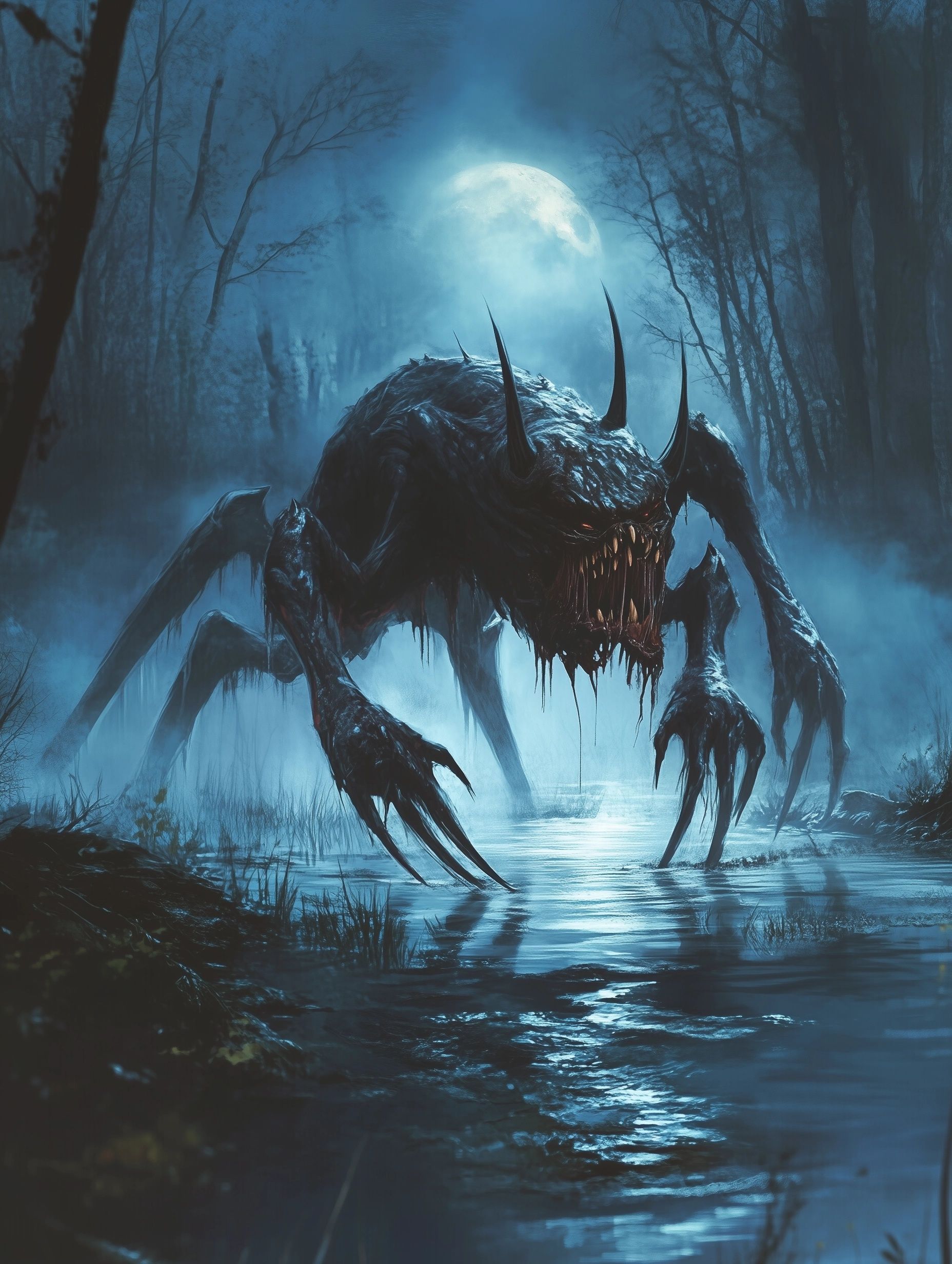
Southeast Asia’s Krasue, a floating head trailing entrails, adds another layer of visceral horror.
By day, she appears as a normal woman, but by night, her head detaches, seeking out human flesh.
It’s a gruesome figure, rooted in fears of the supernatural and the uncanny. Yet despite her horrifying appearance, Krasue remains largely unknown outside of her region, too extreme for mainstream Halloween culture.
Figures like Pombero, a trickster from Guaraní folklore in Paraguay, remind us that folklore was never just about fear. It was about morality, about the delicate balance between humanity and nature. Pombero, a protector of the forest, punishes those who disrespect the natural world—a lesson that feels especially relevant today, yet one that rarely surfaces in Halloween’s simplified narrative.
As for Oiwa, the vengeful spirit from Japanese kabuki theater, her story is one of betrayal, revenge, and the lingering scars of injustice.
Disfigured by poison, Oiwa’s spirit haunts her husband, driving him to madness. Her tale, like so many others, speaks to a deeper, more unsettling kind of horror—one born not from supernatural forces, but from the darker side of human relationships.
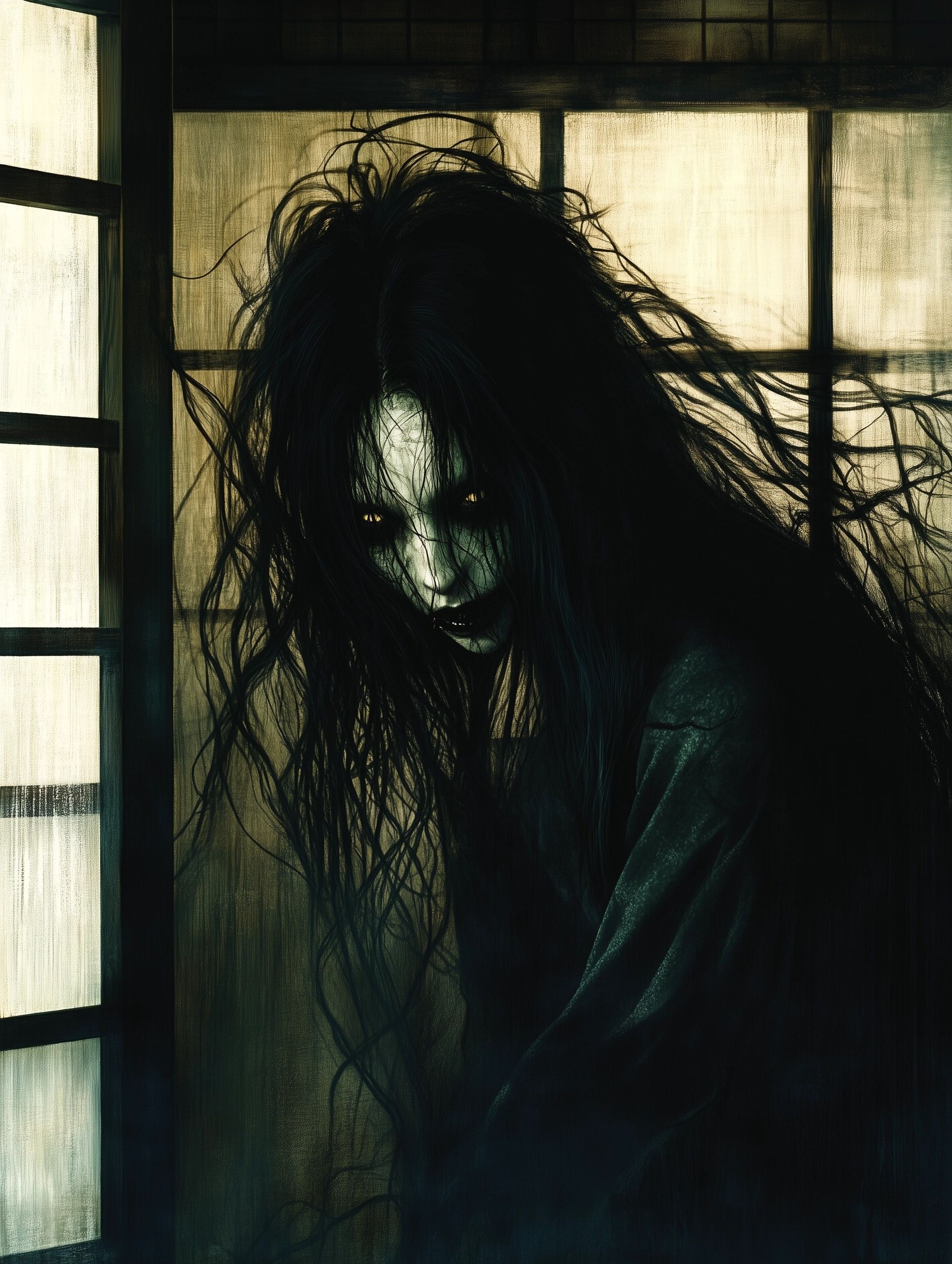
Each of these spirits once played a central role in their respective cultures, embodying local fears, beliefs, and values. But in the age of globalized Halloween traditions, many of these figures have been relegated to the fringes, remembered only in their countries of origin.
The reasons are complex, tied to both cultural exchange and commercialization. Global Halloween imagery tends to favor easily recognizable, simplified characters, leaving these nuanced and deeply symbolic figures behind.
Yet, it’s in these forgotten spirits that we find the true roots of Halloween’s folklore—the fear of the unknown, the belief in forces beyond our control, and the need to tell stories to make sense of the world’s dangers. By reviving interest in characters like the Dullahan, the Jikininki, and La Diablesse, we can reconnect Halloween with its broader, more diverse folklore origins, and in doing so, recapture some of the mystery and awe that once surrounded the holiday.
These forgotten spirits may not be as marketable as vampires or witches, but their stories remind us that folklore is vast and varied, shaped by the particular fears and desires of different cultures. They offer a deeper, richer understanding of what Halloween was and what it could still be—a night when the boundaries between worlds blur, and the forgotten come back to life.


